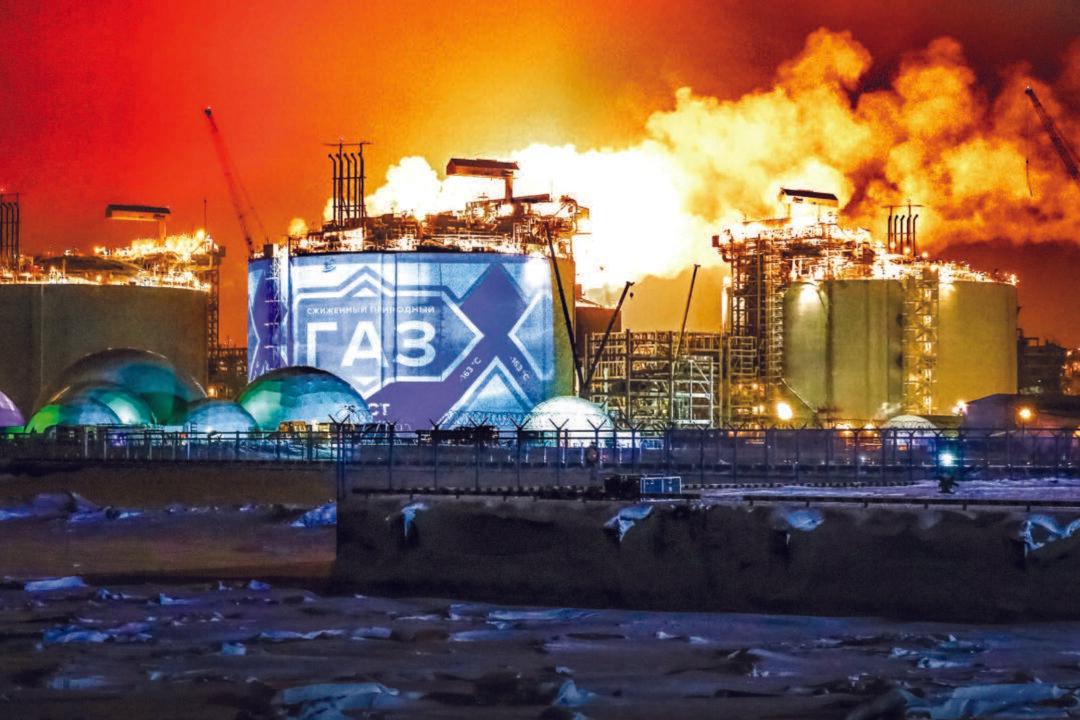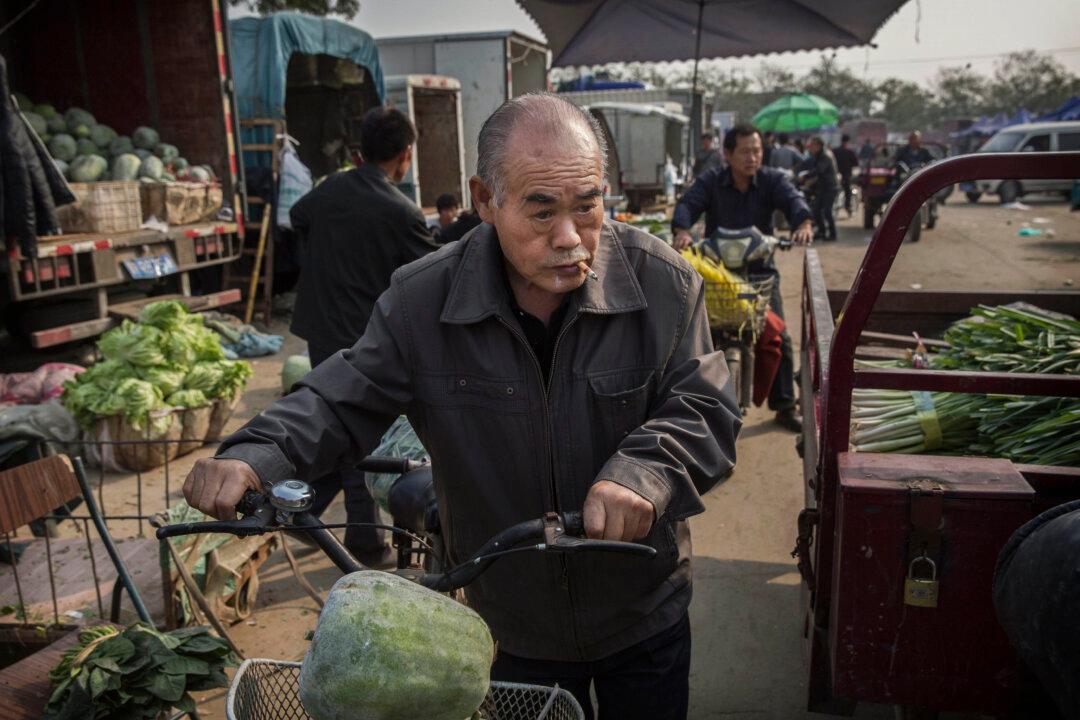On a frigid December day in Sabetta—a port located on the Yamal Peninsula in northern Russia bordering the Arctic Ocean—Russian political and business leaders gathered to mark the opening of a new industrial facility that could help Russia dent America’s influence in Europe.
No, it’s not a new submarine pen or missile silo; it’s a liquefied natural gas (LNG) facility called the Yamal project.





